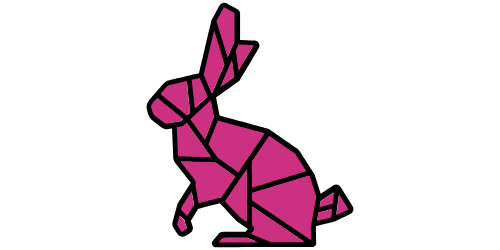
AI Isn’t Just About Efficiency—It’s About Expansion
Share
We’ve been trained to see technology through a familiar lens: every new advancement helps us do more with less. Faster processors, streamlined workflows, automated assembly lines—all marching toward the singular goal of maximizing output while minimizing input. AI, at first glance, seems like just another step on this well-worn path. But it’s not. AI isn’t a "do more with less" story. It’s a "do more with the new tool that requires less."
That might sound like a minor distinction, but it changes everything.
More Than Just Productivity Gains
AI isn’t just about squeezing out more efficiency from an already optimized system. It’s not a better assembly line or a more refined spreadsheet macro. Instead, it shifts the boundaries of what’s possible. It enables people to do things they couldn’t do before, not just do the same things faster.
Think about coding. Traditional automation tools help engineers write and test software more efficiently. AI, on the other hand, lets people with no programming background build applications using natural language. It doesn’t just make developers more productive—it redefines who can be a developer.
Or consider design. Graphic design software has always been about improving workflow—better templates, faster rendering, more intuitive interfaces. AI tools like generative models don’t just improve the process; they lower the barrier to entry. Suddenly, someone with no formal training can create stunning visuals with a few prompts.
A Shift in What “Less” Means
In the old model, “less” meant reducing costs, resources, or effort. In the AI era, “less” means requiring fewer specialized skills, less technical knowledge, and less time spent on learning the intricacies of a craft. The result? More people doing more things that previously required years of expertise.
This isn’t just about professionals working smarter—it’s about redefining who can participate at all. AI is turning knowledge work into something more accessible, redistributing creative and analytical capabilities to a much broader audience.
What Happens Next?
If AI is a tool that lets people do more with less expertise, where does that take us? Does it create a world where creativity and innovation explode because more people can bring their ideas to life? Or does it risk devaluing expertise, making human skillsets redundant?

We don’t have all the answers yet. What’s clear, though, is that AI isn’t just another efficiency play. It’s something bigger. Something that challenges the very notion of who gets to build, create, and innovate.




